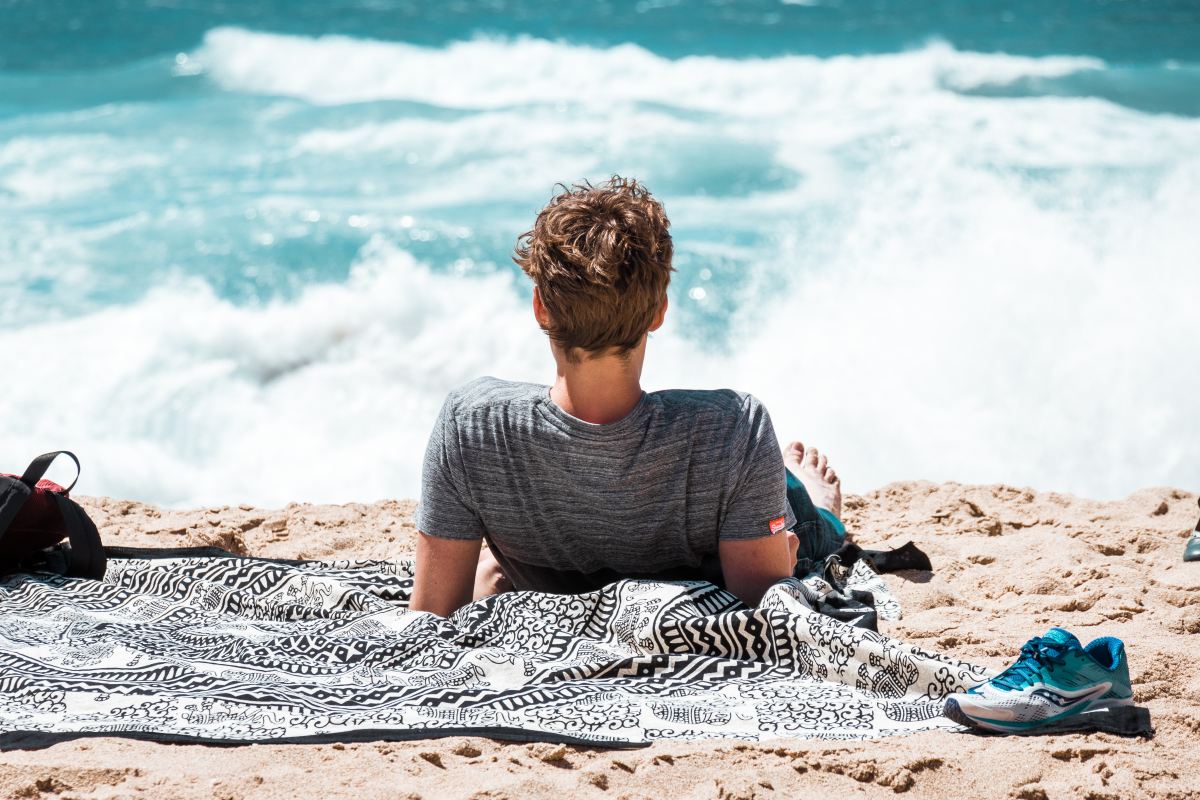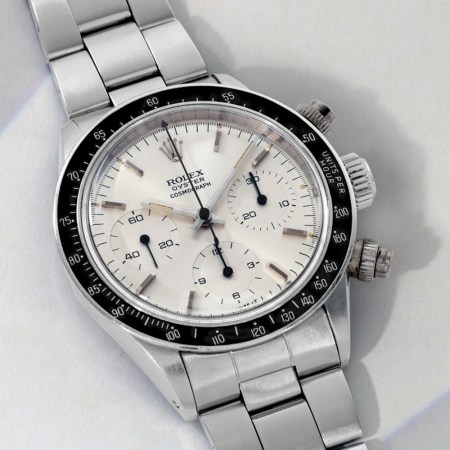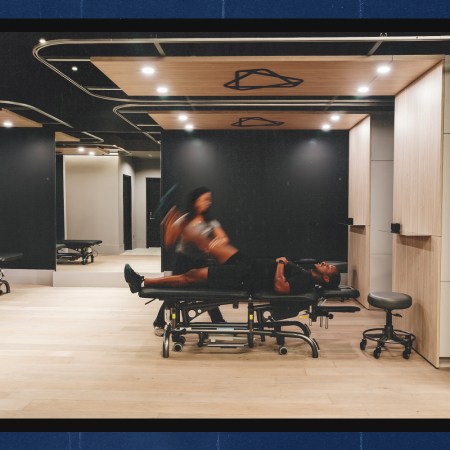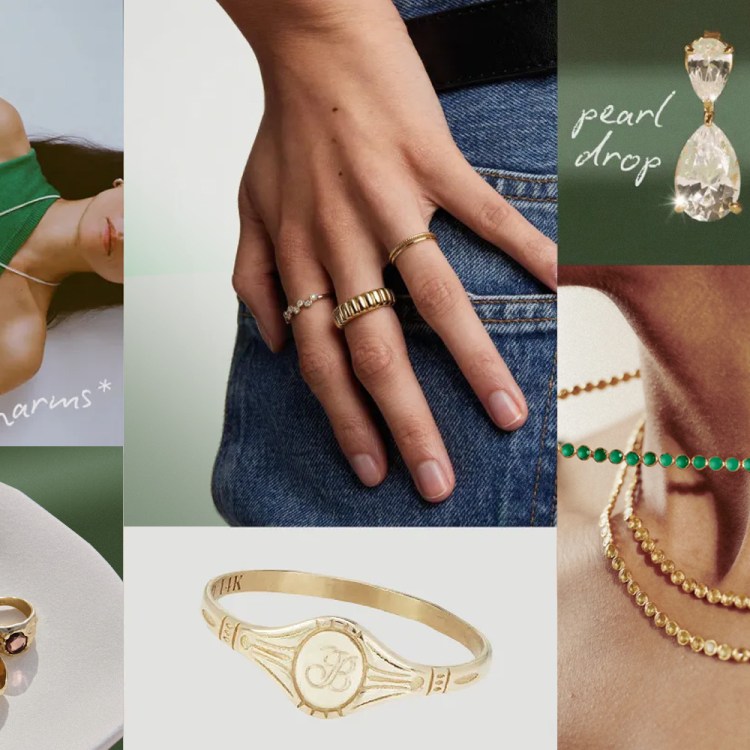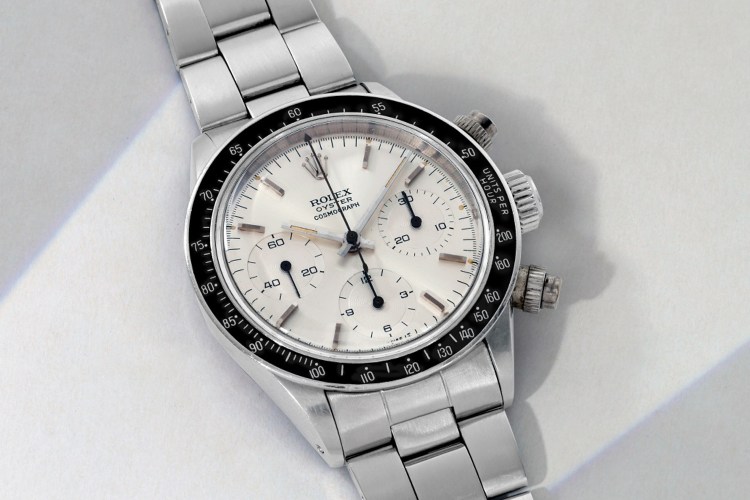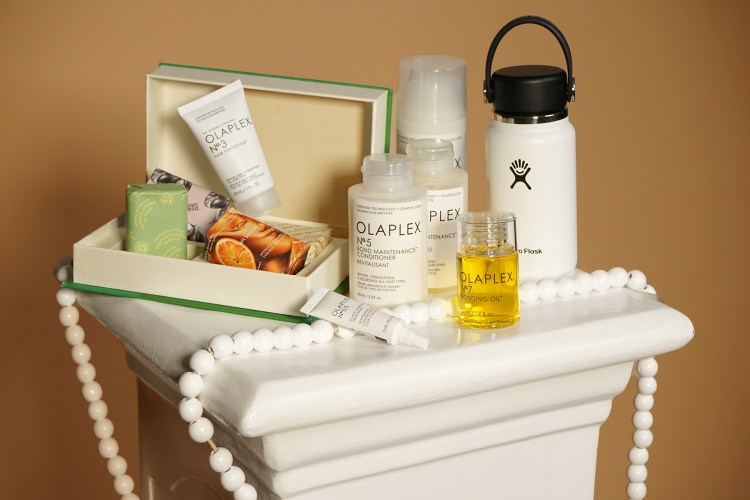This article was co-produced by our friends at SurvivorNet, one of the internet’s leading resources for information on cancer. They work with a network of the world’s foremost oncologists, surgeons and clinics to create video content on risk factors, awareness, screening and more. Not everyone can fly around the country getting second and third opinions — so they bring the expertise to you.
We all wish we could spend the day basking in the sun without smearing sunblock all over our bodies. “I’ll put it on in a minute,” we tell ourselves — as we let the rays warm our skin.
But here’s the truth: if you keep doing that, you’ll only hurt yourself in the long run; and by long run, we don’t mean the itchy, sensitive, puffy sensations you’ll feel when you put your dinner shirt on later in the day. We mean the dreadful reality of skin cancer.
To help you fend it off, our friends at SurvivorNet recently asked New York-based dermatological surgeon Dr. Snehal Amin about everything a guy can do to protect his skin from radiation, and other risk factors.
Below, you’ll find 12 simple, quick and actionable tips to implement into your daily routine. Next time you’re enjoying the summer sun thinking, “I’ll put it on in a minute,” let your very next thought be, “Oh wait — I already did.”
1. Use SPF 30 or higher
“On a daily basis, you can use SPF 15 or higher if it’s incorporated into makeup and moisturizers. If you’re engaged in sports outside, or walking outside, anytime during sunny hours, then you should definitely be using SPF 30 or higher.”
2. Apply sunscreen one hour before being in the sun — and don’t forget to reapply
“You should definitely apply sunscreen before activities, about an hour before, so that the sunscreen can actually settle into your skin and not wipe off easily with sweat. If you’re outside for extended periods of time, you should reapply sunscreen about every hour.”
3. Men with skin of color need sunscreen, too
“Most men with skin of color have some built-in SPF in their skin due to the increased number of melanocytes. You’ll probably not get a sunburn if you’re out in the sun for 20, 30 minutes, [whereas] if you have light skin, you’re going to get a sunburn if you’re out in the sun for more than 20 minutes. However, if you’re engaged in outdoor activities for extended periods of time, you should still be applying one hour in advance of your activity and every hour that you are outside.”
4. Try to use mineral sunscreen. (The most common mineral sunscreens contain zinc and titanium oxide.)
“Mineral sunscreens are inert, but they also block UVA and UVB light, two forms of ultraviolet light, whereas some chemical sunscreens only block some forms of ultraviolet light. In addition, mineral sunscreens tend to be of a higher SPF … The other reason that chemical sunscreens are a little bit more controversial than mineral sunscreens is that they absorb into the skin. There have been a few recent studies that actually show that the chemical sunscreens show up in the blood at small amounts (but enough to be tested for). We don’t know what the long-term effects are of these chemical sunscreens, but in general, I advise my patients, ‘Focus on the mineral sunscreens.’ It’s very important to read all the package labeling when you’re selecting sunscreens.”
5. Avoid chemical sunscreens with the ingredients oxybenzone and octinoxate
“There’s been some recent research about two problems with chemical sunscreens, not with mineral sunscreens. The first problem with chemical sunscreens — specifically, oxybenzone and octinoxate — is that there have been a few studies which demonstrated damage to living coral when these sunscreens are used in the ocean environment.”
6. Brands don’t matter as much as ingredients do
“There are a lot of brands of sunscreen, and it makes it hard to choose which product to use. My recommendation is really focus on the ingredients rather than the brands. If you like the way the brand feels on your skin, or the purpose of the brand — for instance, sport versus daily use, or day-time use versus short burst of activity use — I think those are more important factors than actual brands.”
That said, here are a couple recs to keep in mind:
Kids: “When I’m using sunscreen on my younger kids, I recommend Neutrogena Free and Clear Stick, which is a zinc and titanium-based sunscreen. It doesn’t have chemical sunscreens. It’s a little greasier, but my kids tend not to mind that particular aspect of the sunscreen.”
Water sports: “If I’m doing a sports activity outside, for instance, surfing or kite surfing, I make sure that I use a sports-based sunscreen. There’s a lot of sports-based sunscreens that I could mention, but they are all are very greasy, and they stay on the skin even during water activities.”
Running: “If I’m planning to go for a run in Central Park, I generally don’t use sunscreens that are going to run into my eyes or cause a lot of stinging on the skin. SkinCeuticals has a great sunscreen for sports and outdoor activities called Sheer Sunscreen … If your run is going to involve a lot of sweating, you might want to wear a hat, and then just do sunscreen below your eye level so you’re not sweating those stinging products into your eyes.”
7. Wear protective clothing
“It’s important to remember that sunscreens are just one way of protecting our skin against sun damage. Clothing is an important way to protect against sun damage. In fact, a hat and SPF-proof clothing should be your number one forms of sun protection rather than slathering on a gallon of sunscreen onto your skin and then going for a dip next to some delicate coral. It probably makes sense to use a surf shirt, which is long sleeved, as well as certain other types of sunscreens that are more inert to protect the environment.”
8. Check yourself for unusual spots
“One, it’s important to check the whole body: scalp, torso, legs, underwear area, everywhere. It’s important to stand in front of a mirror, and hold a hand-held mirror, so you can check all the different parts of your body.”
9. Learn your ABCDEs
“The ABCDE criteria are meant for things that you should alert your dermatologist about when you go see your dermatologist. Just because it has A and B doesn’t mean that it’s a skin cancer.”
A stands for the asymmetry of the mole.
B stands for the irregular border of the mole.
C stands for the color of the mole. If there are two colors in the mole, that’s concerning.
D stands for diameter. If it’s more than 6mm, it’s important to point that mole out to your dermatologist.
E stands for the evolution of the mole. If a mole is changing, that’s really the most important thing.
10. Check in with your dermatologist every 6-12 months
“Most patients should be seeing their dermatologists once a year. If you have a family history of skin cancer, or even a personal history of skin cancer, then you should see your dermatologist a little more often. Sometimes every six months, sometimes more frequently if you are getting a lot of skin lesions.”
11. Carcinogens (found in cigarette smoke) can increase chances of skin cancer
“We’re often concerned about carcinogens in our environment or our food. Do these carcinogens contribute to our skin cancer or any type of bodily cancer risk? The answer is yes. Carcinogens such as cigarette smoke, charred foods and pickled foods can contribute to systemic cancers.”
12. Skin cancer doesn’t only come from the sun
“A lot of skin cancers are actually genetically triggered. About a third of skin cancers occur in non-sun-exposed areas. That logic doesn’t really hold when we think people that go out into the sun with light skin are the only ones who get skin cancer. Everyone gets skin cancer but to different, varying degrees. For instance, African Americans do get a lot of skin cancer, but it’s often on the hands and feet, under the nails.”
The Charge will help you move better, think clearer and stay in the game longer. Subscribe to our wellness newsletter today.
